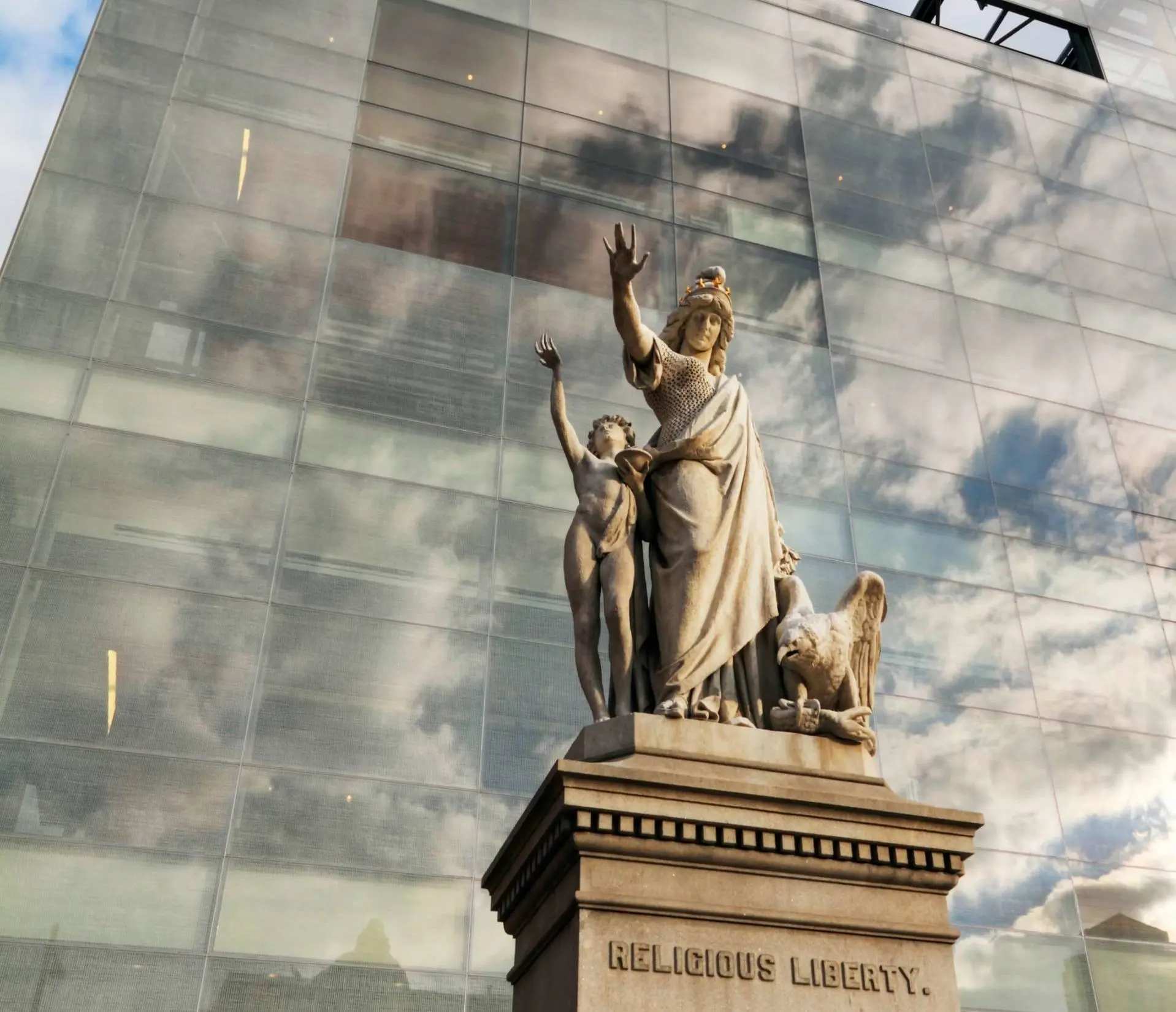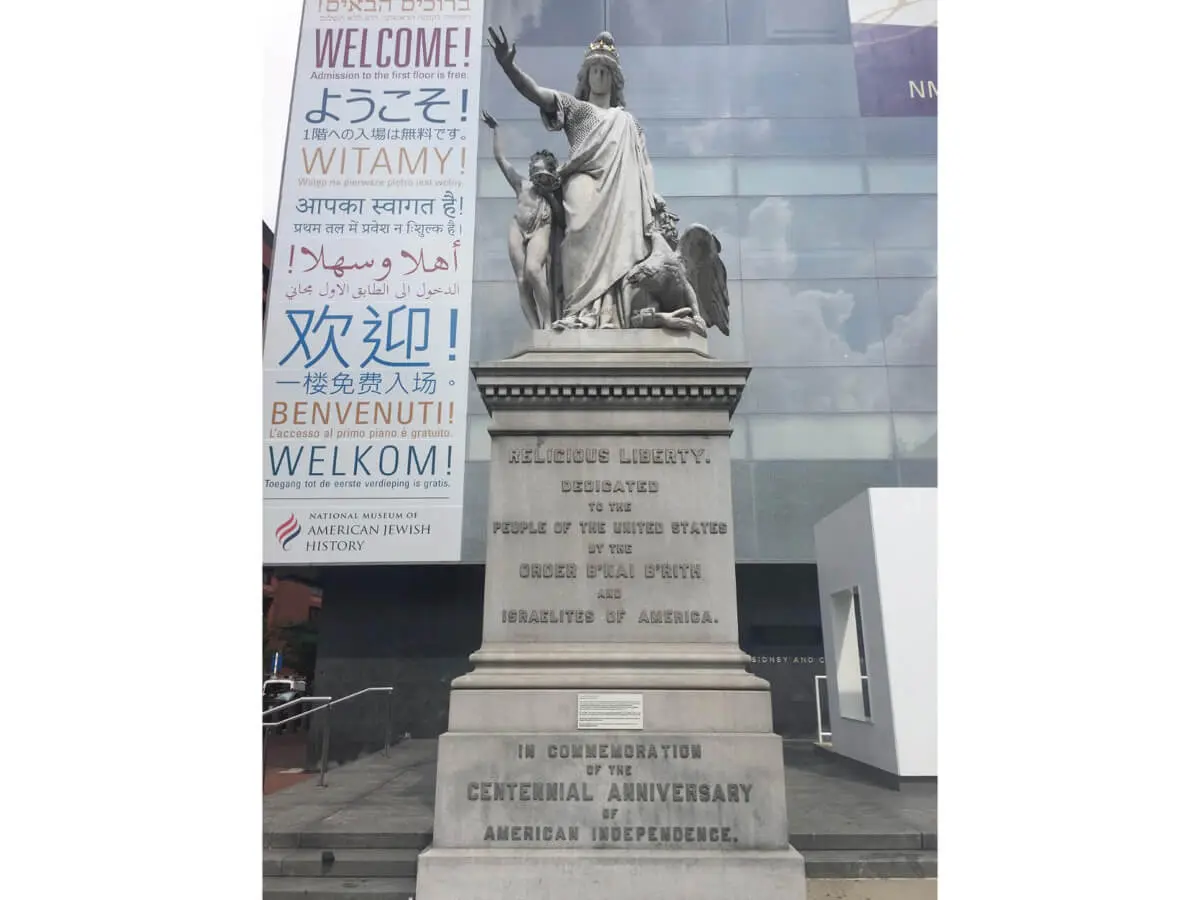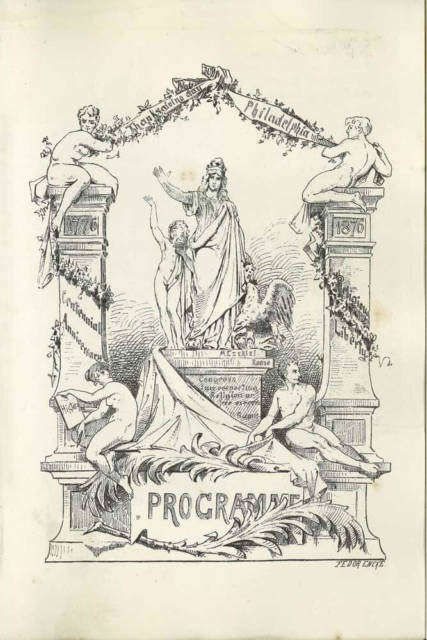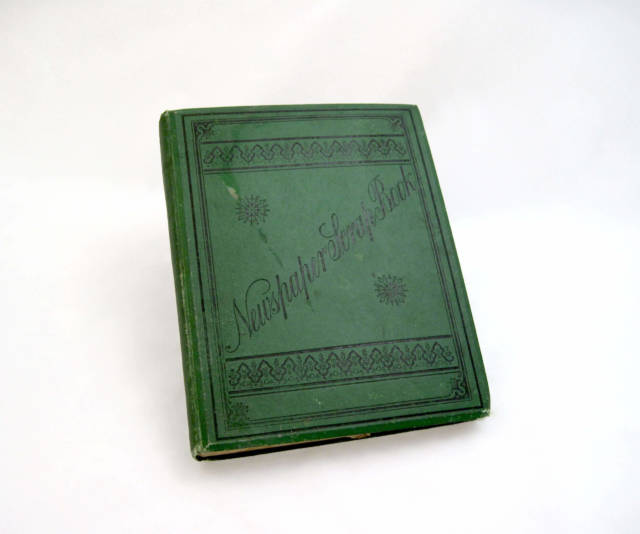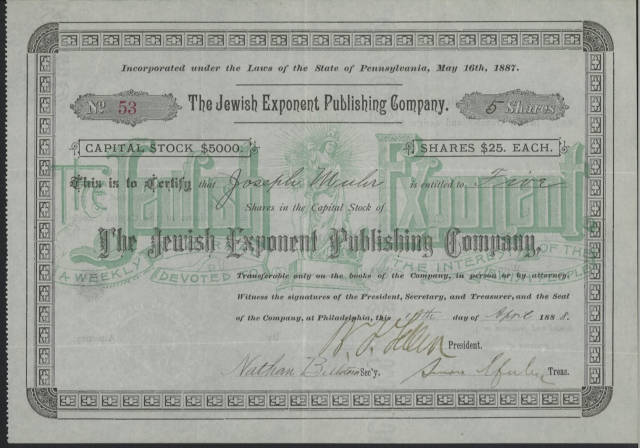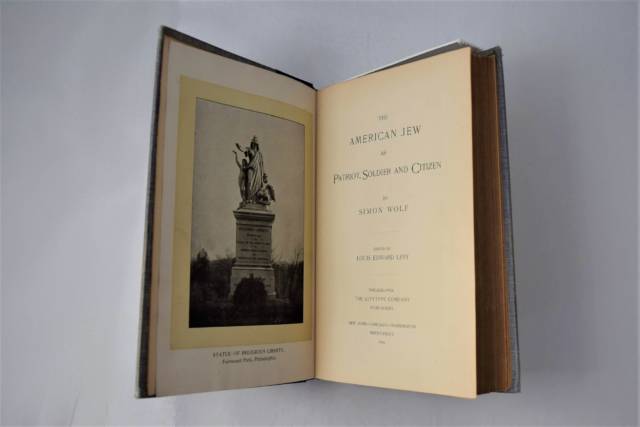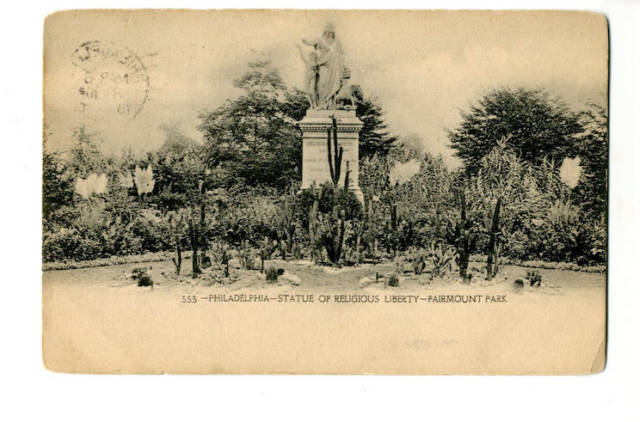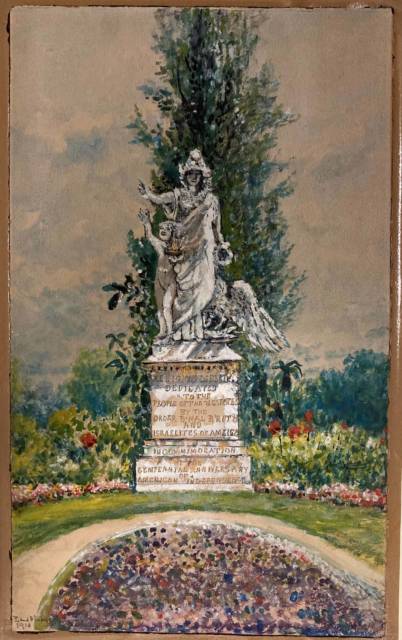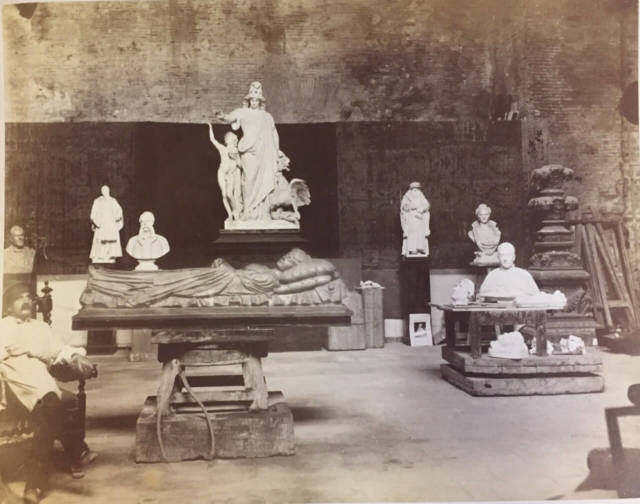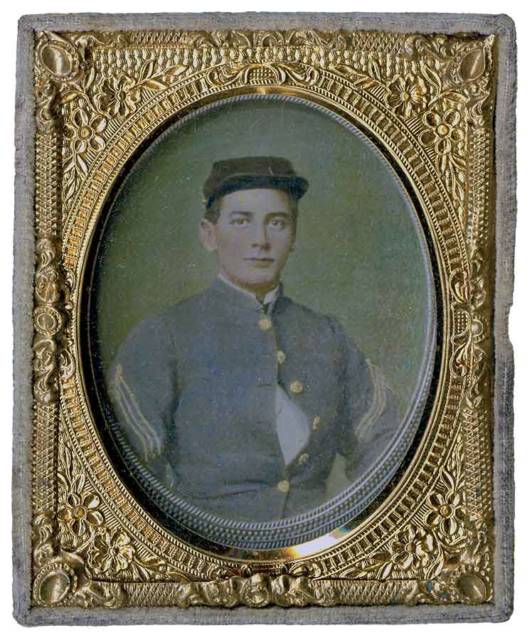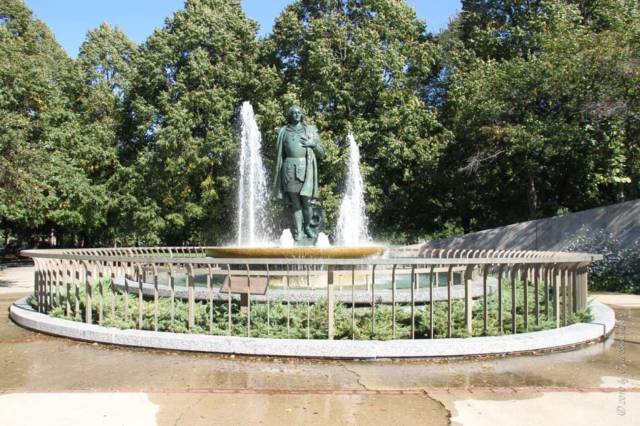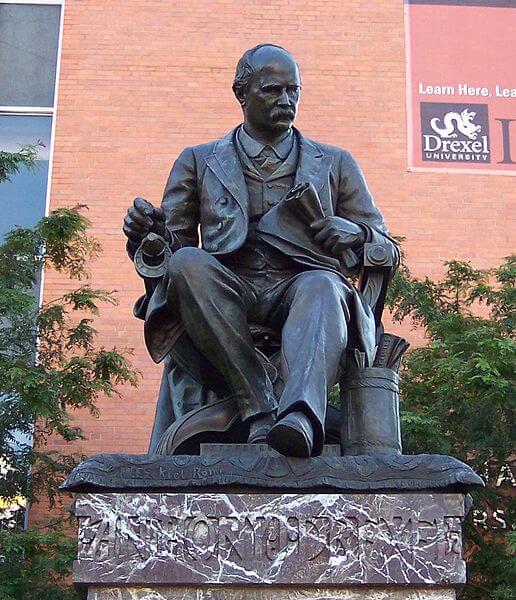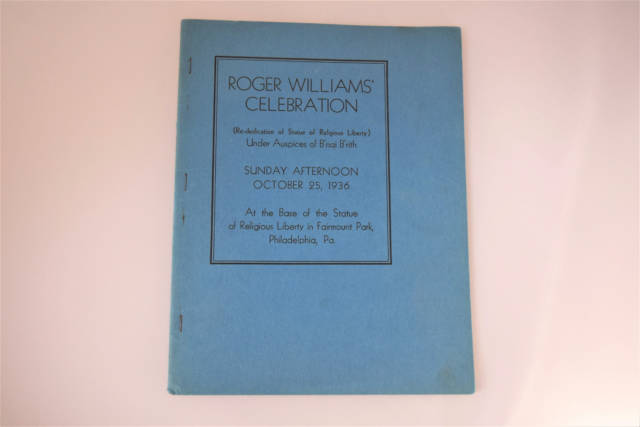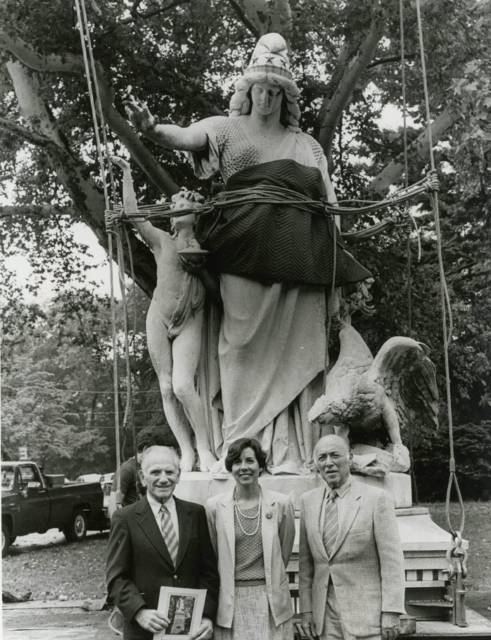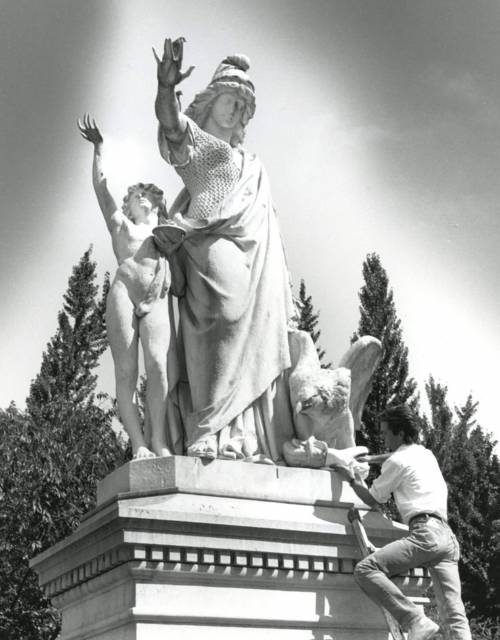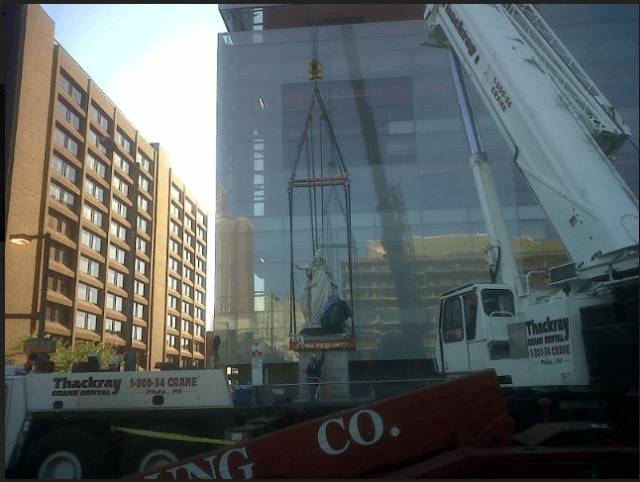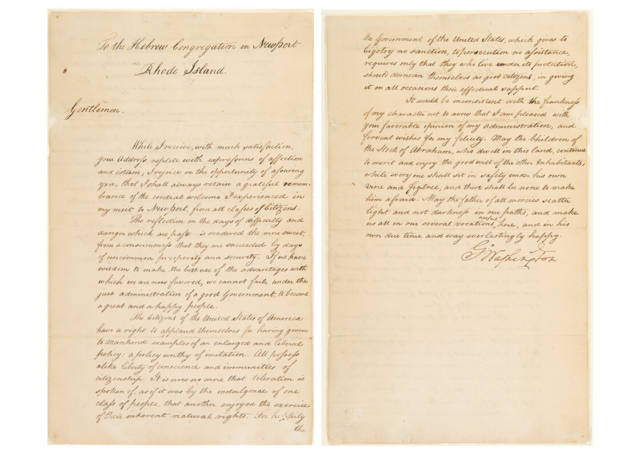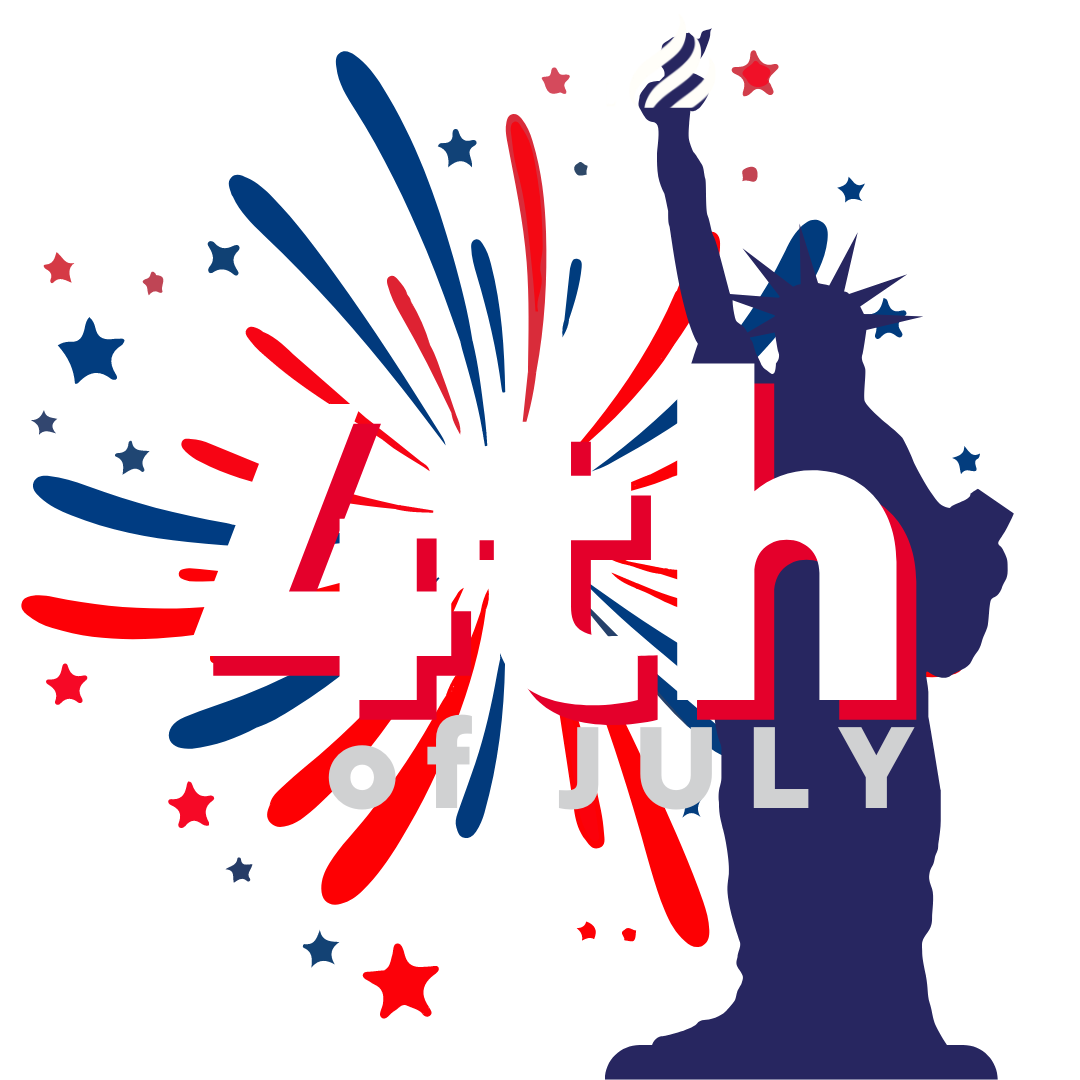“I feel my inability to express myself fully on this expansive subject, and I must now beg of you to allow my work to speak for itself and for me.” – Moses Jacob Ezekiel, speech at the unveiling of Religious Liberty, 1876
Religious Liberty was to be presented to the United States at the Centennial International Exhibition, held in Philadelphia to celebrate the 100th anniversary of the signing of the Declaration of Independence. The commission went to Moses Jacob Ezekiel, a young Jewish sculptor from Virginia living in Rome.
Ezekiel would spend forty years living in Italy as a friend of the elite, feted sculptor, and practicing Jew. He consorted with celebrities, royalty, and political dignitaries. At the time of the commission, Ezekiel was a recent graduate of the Virginia Military Institute who as a teenager fought for the Confederacy during the Civil War. A complicated man, he sought commissions for Confederate monuments and at the same time received commissions for Union monuments, and from the Federal government for work decorating the United States Capitol.
The highly-classical, allegorical marble presents Liberty as a ten-foot woman, wearing a coat of mail partly covered by a toga. Liberty dons a Phrygian cap, the pilleus libertatis bestowed on freed slaves, with a border of thirteen golden-colored stars representing the original colonies. In her hand is a laurel wreath of victory, which also rests on fasces, a bundle of birch rods tied together with a ribbon, as a symbol of power and unified strength. The fasces are covered by an open book, meant to signal the U.S. Constitution. Liberty extends her right arm protectively over an idealized, nude young boy standing at her right. Meant to personify Faith, the boy grasps a flaming lamp, and he raises his other hand up to heaven. At Liberty’s feet is an eagle, a well-recognized emblem of America, that attacks a serpent signifying Intolerance. The eagle’s sharp, oversized talons grip the serpent’s body, flipped on its back, as the bird attempts to quash its foe.
The group stands on a pedestal bearing the inscription “Religious Liberty, Dedicated to the People of the United States by the Order B’nai B’rith and Israelites of America.”

